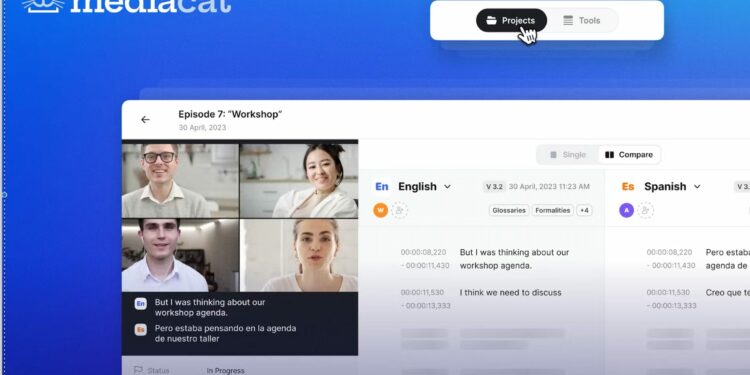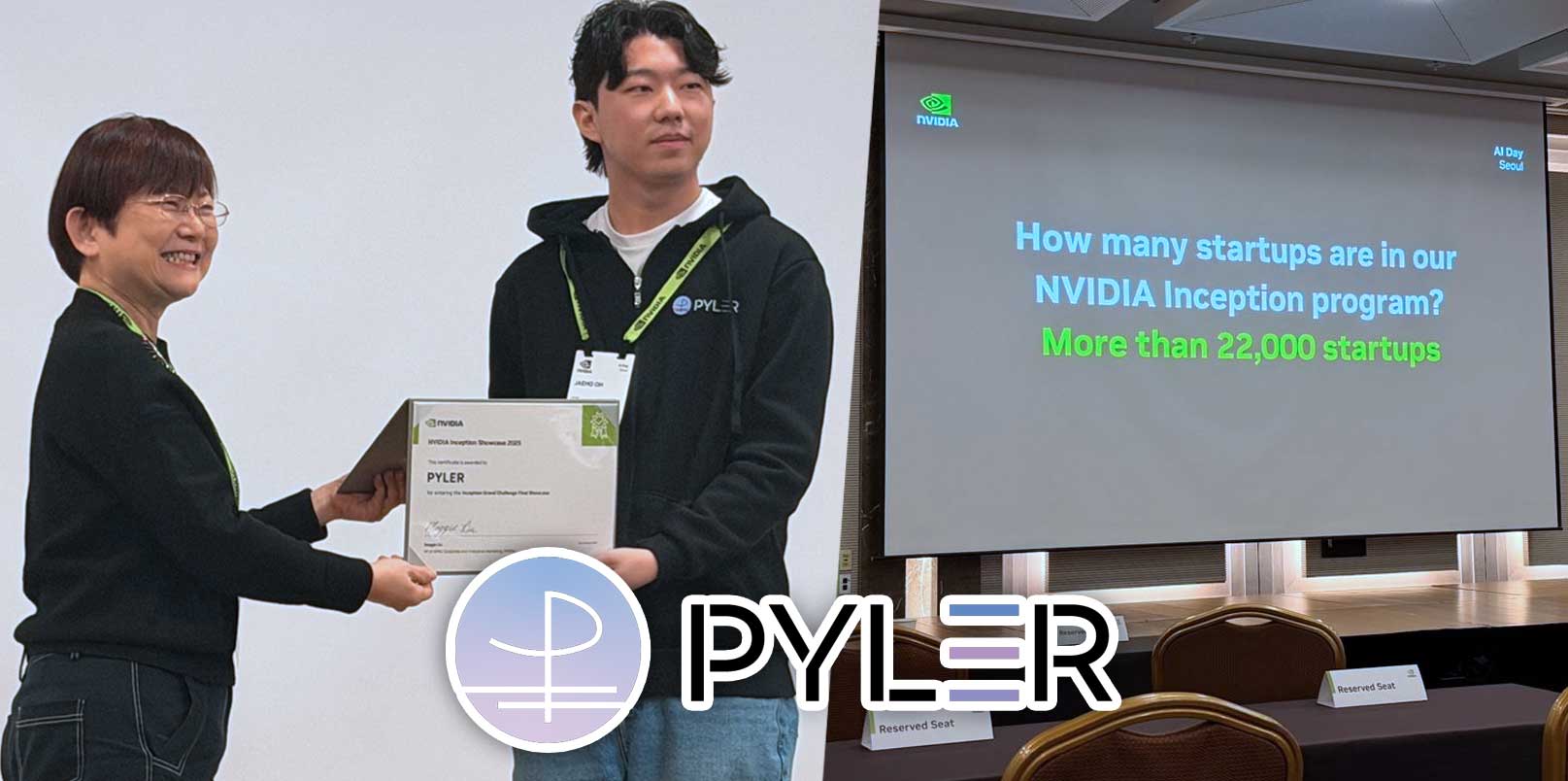XL8 Inc., a Silicon Valley tech company providing AI-powered machine translation technology optimized for media content, is driving the next generation of localization and translation with the release of Projects, version 2.0 of its MediaCAT platform.
Launched in September 2022, MediaCAT was initially designed for seamless API integrations with localization service providers’ (LSPs) existing systems. Today, MediaCAT has evolved into a widely embraced and fully developed localization workflow platform that supports LSPs, media companies, social media influencers, and B2C customers for User Generated Content.
Building on MediaCAT’s success, Projects combines speed, quality, accuracy, and enhanced collaboration for individuals and teams through its core asset management, editing, and automation capabilities.
“MediaCAT evolved out of a fragmented marketplace for media content creation tools, ultimately delivering a workflow platform that reduced the time and cost of creating localized media content,” said XL8’s CEO Tim Jung. “Version 2.0 advances this concept several steps further, moving away from a focus on independent tasks and toward a comprehensive set of collaborative capabilities for creating production-ready, multilingual content.”
The MediaCAT platform is based on three main AI-based activities – Speech-to-Text transcription (Sync), Machine Translation (Translate), and Synthesized Voice (Dub) – with each representing an important step in the process of creating localized media content. Professional linguists may post-edit the results within the Subtitle Editor to achieve greater accuracy.
Users begin their MediaCAT journey by performing Sync, which automatically extracts text and generates time coded subtitle files from a media file based on the user’s personalized configuration settings. As of May 2023, Sync supports 37 languages.
The next step is translating the subtitle file into multiple languages using XL8’s Context-Aware engines that truly “localize” content instead of simply translating it “word for word.” With XL8’s translation tool, users can also select a formality or a genre for specific languages, creating a more natural translation for the intended audience.
For viewers who prefer to “hear” media in their native language, MediaCAT uses its text-to-speech technology to create synthetic voices that are fully aligned to the video and corresponding subtitle file.
Projects enables a qualitative view of each step, supporting customers who need to deliver subtitles to vendors, or who want to collaborate with multiple linguists to create high-quality, production-ready subtitles:
- Projects may be used within the Personal Workspace (for individual users) and Team Workspace (for multiple users working on the same project).
- Projects are created by uploading a subtitle or media file. Media files may be uploaded via YouTube, Google Drive, Dropbox, or other links.
- Project creators are prompted to upload a glossary or supporting transcript file (if applicable). SDH Support may be enabled to provide additional text descriptions of sound effects.
- Projects provide advanced capabilities for users to dynamically view and adjust technical settings before completing the Sync job and accessing the results in the Subtitle Editor (e.g., maximum characters per line, maximum lines per segment, single speaker in segment, minimum/maximum mergeable gap, minimum/maximum caption duration, and timecode alignment).
- Project owners or admins may request that XL8 create a Team Workspace by contacting MediaCAT Support within the platform. Once created, coworkers and freelance translators may be invited to the workspace.
- Team members can be assigned to edit and/or review subtitles in specific languages within a project.
- Team members who are assigned a language can view the project within Assigned Projects.
XL8’s full array of media content services includes text and subtitle translations; auto subtitling based on speech recognition through ASR, auto-captioning, synchronization; and synthesized dubbing and voice-overs. The company’s translation technology is distinguished from other competitive offerings through its use of Context Awareness models to translate colloquial phrases effectively and accurately, incorporating specific language formalities by recognizing the relationships between words and characters.
XL8 is already planning Version 3.0 of the platform, exploring ways to continually improve the user experience with enhanced dashboard views, expand the capabilities of AI-based subtitle editing and support the end-to-end localization and translation process. For now, the platform is well-equipped to streamline the LSP workflow while unlocking the full power of Artificial Intelligence to support efficient and cost-effective media and conversational localization.





